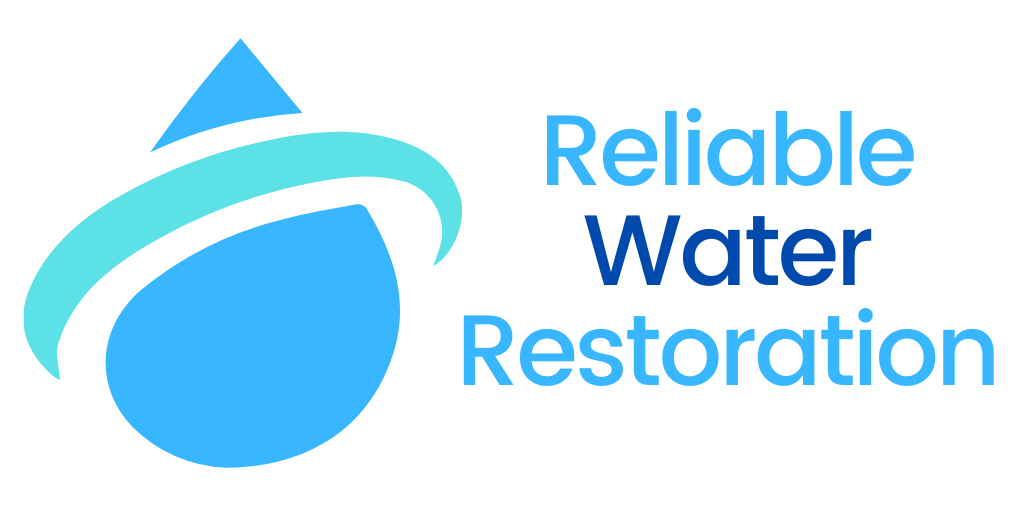Cold-weather incidents in the USA can be unpredictable and homeowners in the Northeast, Midwest, and mountain areas need to weather-proof their properties early. Worryingly, some environmental scientists predict that climate change could make these problems worse.
Winter storms can cause power outages or leave you without heating for days. While temperatures typically increase again at the end of the season, there is a risk for frozen pipes & other perils.
Basic communication services and power and heat sources can be knocked out for days. The National Weather Service refers to winter storms as “deceptive killers”, since most deaths around this period happen because people mistakenly think they’re safe from extreme cold.
Read more: Tornado Preparedness
With climate change, winters have been more and more unpredictable of late. Cities and towns often find themselves shut down by the snow and ice that accumulates on certain parts of their infrastructure. While snow dams can be a real problem for exterior structures, you should also take steps to mitigate the risks they pose to your home.
Monitor Ice Dams On Roofs
If you notice that your roof is leaking and water is pooling inside, there may be snow or ice blocking the flow from your roof to the gutter. Snow can pile up in thin layers, often hiding from view if it’s not covered by snow. Any ice on your roof will likely form a dam, blocking off water from running down to the gutter
These are difficult conditions for any structure to handle, but snow can accumulate quickly on roofs. This increase in snow also makes the slope steeper causing significant structural damage, leaks, or water damage.
Read more: Hurricane Preparedness
After a storm, when it’s safe to do so, use a long-handled rake to clear off the roof. To be safe, only clear out as much snow as your roof can take in one go. Clear your gutters and check for any damage that might have been caused by the storm.
One of the best ways to prevent ice dams in your roof is to install a water-repellent membrane. This extra layer will help keep the moisture from getting into your home and prevent mold and other issues.
Prevent Your Pipes From Freezing
Be sure to protect your pipes in cold weather (use pipe insulation, keep the surrounding area above freezing, and wrap exposed pipes). Otherwise, they could freeze or burst.
Heat needs to be allowed to circulate in homes in order for the pipes not to freeze. Insulation can be helpful too.
More about Storm Damage Restoration Services
Frozen pipes can be prevented by running hot water through them regularly. If you do find that your pipe has frozen, slowly thaw it out by using something like a hot water bottle or towels soaked in warm water.
If you have a burst water pipe, turn off the water supply immediately by turning the valve to stop the flow of water. Ensure that no further damage is done until it can be fixed.
Winterize Your Interior
Home alternations, like using silicone foam & caulking holes, can help cut your energy bills significantly.
It is important to ensure that your heating, ventilation, and air conditioning (HVAC) system is regularly serviced so any faults can be resolved as soon as possible. If the system does not operate efficiently it could result in wasted energy and money
Another big culprit in heat loss is doors and window sills. In an effort to reduce heat loss, you can take actions such as caulking or weather-stripping. This will also help prevent water from seeping into your home when ice dams form on the roof.
You may want to get an emergency generator. In the event of a power outage, you can use this generator to supply power for devices such as lights, refrigerators, and electrical heating devices to stay safe in your house & not run out of supplies.
Visit the page with our other cities and locations
